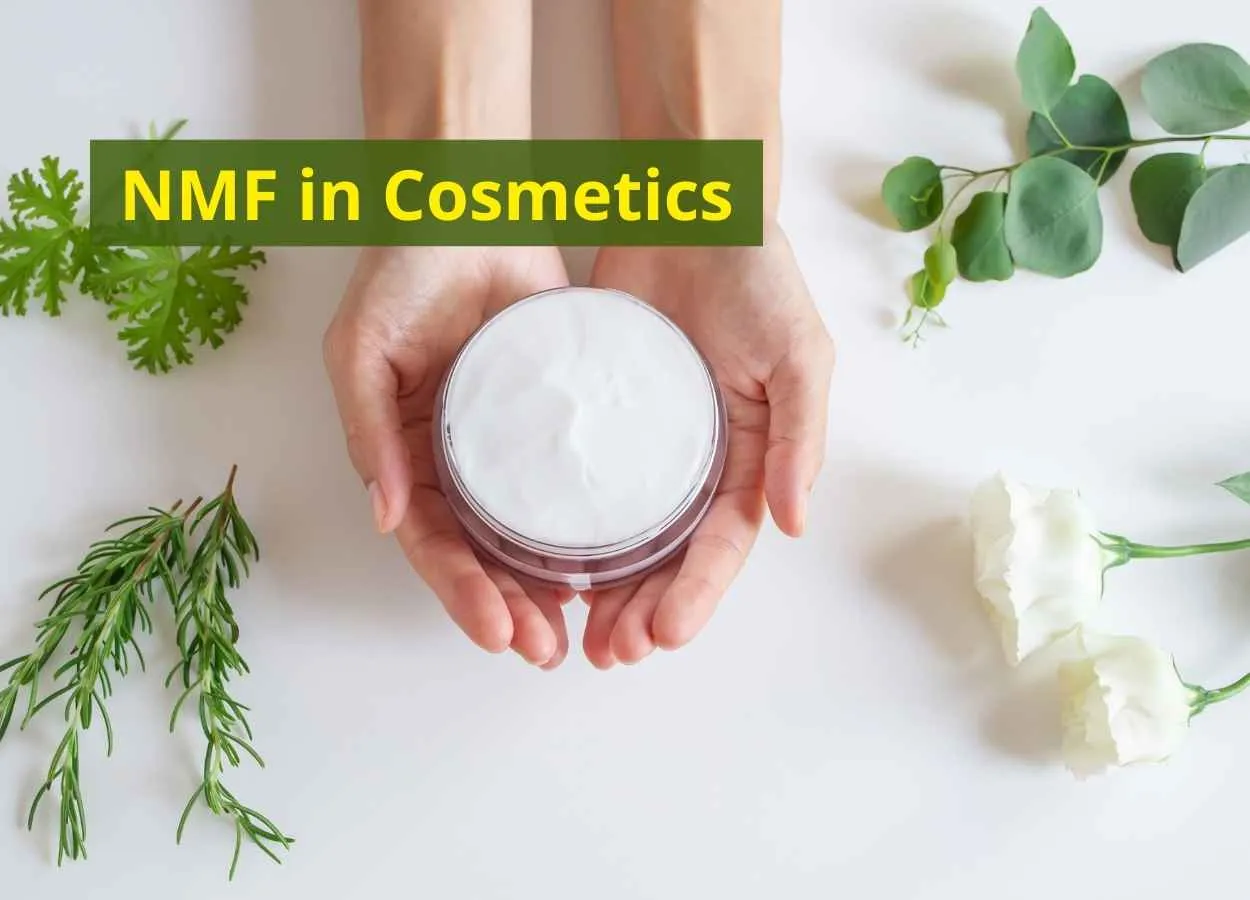 Vinay Kumar Singh.
Vinay Kumar Singh.
Head-Formulation
Kumar Organic Products Research Centre Pvt. Ltd.,
Bengaluru
Email : formulation_krc@kopresearchcentre.net
Proper hydration of the stratum corneum, the skin’s outermost layer, is essential for healthy skin. Water-soluble substances called natural moisturizing factors (NMF) are responsible for maintaining adequate moisture in the skin and are closely associated with a variety of the skin’s functions. Natural moisturizing factor is essential for appropriate stratum corneum hydration, barrier homeostasis, desquamation, and plasticity. It is formed from filaggrin proteolysis to small, hygroscopic molecules including amino acids.
One of the mechanisms developed by epidermis — the outer layer of the skin is the ability to produce chemical protective coat called Natural Moisturizing Factor (NMF) responsible for keeping the adequate hydration of stratum corneum- the outermost part of the epidermis.
Proper hydration of stratum corneum is crucial for healthy skin in 3 different ways:
1. Helps to maintain skin elasticity. An elastic skin is less prone to the mechanical damage.
2. Activates hydrolytic enzymes, water-depended substances responsible for cutting larger molecules into smaller pieces, necessary in desquamation process, natural dead skin shedding.
3. Supports barrier function of stratum corneum which protects the underlying cells from infection, dehydration and chemical damage.
Healthy cells of outer skin layer contain approximately 20 to 30% of NMF in dry weight (Total weight without water).
Natural Moisturizing Factor is not a single substance but a mix of water soluble, powerful humectants — substances which draw atmospheric water like a magnet. That’s why the skin dryness occurs when there is not enough humidity in the air.Isn’t that amazing that the skin can create a full army of ingredients to keep itself moist? Even better! Natural Moisturizing Factor is created through recycling of protein called filaggrin which binds corneocytes, cells of stratum corneum.
High Water binding property is not the only super power of NMF. Many studies confirm that Natural Moisturising Factor plays a vital role in sustaining skin acid mantle which keeps harmful microorganisms from penetrating the skin.
The level of Natural Moisturizing Factor in epidermis decreases with age as well as the production of sebum. That’s why one of the symptoms associated with mature skin is a persistent dryness and dehydration.
The NMF is composed principally of free amino acids, and various derivatives of these amino acids such as PCA, urocanic acid (a natural absorber of ultraviolet [UV] light), and inorganic salts, sugars, as well as lactic acid and urea. Inorganic salts identified include the chlorides, phosphates, and citrates of sodium, potassium, calcium, and magnesium.
Skin’s natural moisturising factor is comprised of 8 types of ingredients:
1. Free amino acids (40%)
2. Ions – chloride, sodium, calcium (18.5%)
3. Pyrrolidone carboxylic acid (PCA, 12%)
4. Lactates (12%)
5. Sugars, inorganic acids, peptides (8.5%)
6. Urea (7%)
7. Ammonia, uric acid, glucosamines, creatinine (1.5%)
8. Citrate (0.5%)
Of all ingredients found within skin’s natural moisturising factor, Pyrrolidone carboxylic acid (PCA) contributes the highest individual percentage. When Pyrrolidone carboxylic acid is present in its free form it contributes poorly to hydration, however, when Pyrrolidone carboxylic acid is associated as a sodium salt (sodium being a key component of skin’s NMF ion fraction) its water attraction is greater than the commonly used humectant – glycerine.
Contributing the highest overall percentage of skin’s NMF, free amino acids play an important role in skin’s hydration and metabolic health. As skin ages, its amino acid content also declines – both changes closely correlate with a decrease in hydration level. Amino acids can function as humectants and antioxidants while also helping to increase the plasticity of skin. Natural and basic amino acids are particularly good at forming the ionic interactions responsible for NMF’s ability to improve the movement of keratin fibres and therefore suppleness of skin.
Lactates are a type of alpha-hydroxy-acid known for their ability to hydrate skin as a humectant. Lactates such as lactic acid are also able to aid and trigger desquamation. Their presence is strongly correlated to the increased synthesis of stratum corneum ceramides – oil based ingredients providing effective barrier function. Topical application of lactic acid based creams has been shown to treat and prevent the symptoms of dry skin.
NMF components are highly efficient humectants that attract and bind water from the atmosphere, drawing it into the corneocytes. This process can occur even at a relative humidity as low as 50 percent, allowing the corneocytes to maintain an adequate level of water in low-humidity environments.The water absorption is so efficient that the NMF essentially dissolves within the water it has absorbed. Hydrated NMF (particularly the neutral and basic amino acids) forms ionic interactions with keratin fibers, reducing the intermolecular forces between the fibers and thus increasing the elasticity of the stratum corneum.
This elasticity serves to make the skin appear healthy and supple and to help prevent cracking or flaking due to mechanical stress.In addition, the NMF allows the corneocyte cells to balance the osmotic pressure exerted by the intracellular “cement” surrounding them.Keeping the solute concentrations balanced is important for preventing excessive water influx, as seen in the wrinkled skin of someone who has been in the bath too long, or water efflux, which would cause the corneocytes to shrink.
Approximately one-third of water contained within the stratum corneum is bound, with the remainder being free water. Increasing the level of free water has no effect on the elasticity of the stratum corneum.Thus, it is the NMF-bound water that provides the skin with its elastic qualities. Replacing or replenishing the supply of the NMF in the skin through the external application of moisturizers containing NMF appears to be a successful approach for the treatment of xerotic skin.
If the look and feel of aging skin or chronically dry, brittle skin are ongoing concerns for anyone, regularly hydrating and moisturizing the skin can help to alleviate these symptoms. In fact, the most effective anti-aging skincare regimen will incorporate NMF and similar ingredients to promote a soft and supple skin texture and a radiant, healthy glow.









